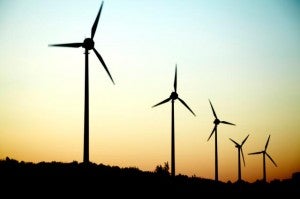 Cowboys, frontier grit, accented English, and wild, wide open spaces are just a few of the similarities shared by Texas and Australia. Both places also have an energy-water problem. But, the good news for Texas is that it’s not too late for us to learn from Australia’s mistakes – and a few successes, too.
Cowboys, frontier grit, accented English, and wild, wide open spaces are just a few of the similarities shared by Texas and Australia. Both places also have an energy-water problem. But, the good news for Texas is that it’s not too late for us to learn from Australia’s mistakes – and a few successes, too.
In July 2014, Australia abandoned its carbon price, which gave Australia, a country with one of the highest per capita emissions of any developed country in the world and uses even more coal than the United States, the largest carbon-price system in the world outside of the European Union. (That is, until California’s program took effect in January 2013—California has the first-ever economy-wide carbon market in North America, potentially linking to other sub-national, national and regional markets around the world.) Since then, the Australian government has been in talks to significantly scale back its renewable energy target (RET), and the months-long squabbling without resolution is threatening the country’s renewable energy sector.
Texas, whose drought started in October 2010, is now in its worst drought on record. And some Texas leaders are taking a similar, short-sighted path as Australia when it comes to rolling back successful clean energy initiatives – ones that could also save scarce water supplies. Currently in the midst of its biennial legislative session, Texas is considering bills that would scrap the state’s successful wind renewable portfolio standard and prevent the state from complying with the Environmental Protection Agency’s proposed Clean Power Plan (CPP), which establishes the nation’s first-ever limits on carbon pollution. Read More














